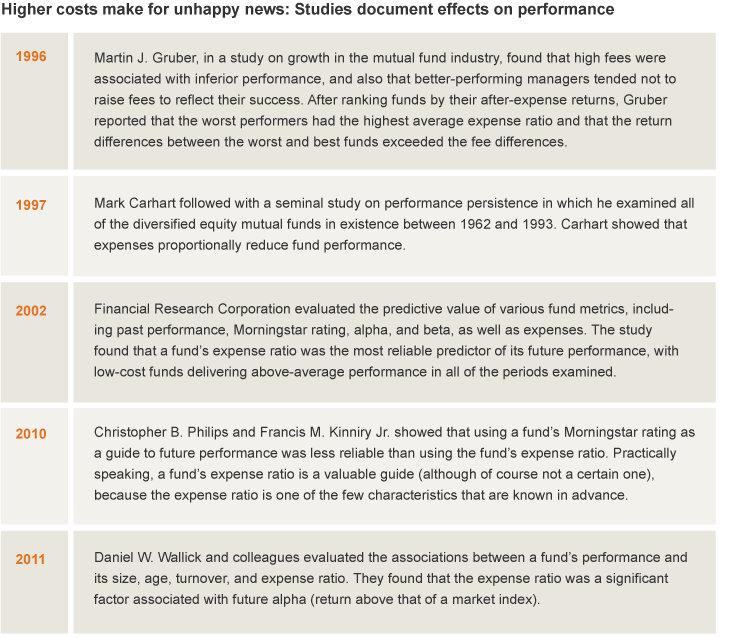Evaluating `cost basis of stock is likely to get easier
Post on: 11 Июнь, 2015 No Comment

PERSONAL FINANCE
March 30, 2008 | By EILEEN AMBROSE
You’ve been buying stock on a regular basis and reinvesting the dividends to acquire more shares. Maybe over the years the stock has split once or twice.
Tracking what you paid for securities, or the so-called cost basis, may get easier for you — and Uncle Sam.
President Bush’s 2009 budget proposes requiring brokerages, asset managers and mutual funds to report the cost basis to the IRS when securities are sold. Tax experts say such a measure has bipartisan support, and it could be included in the next big tax law this year.
The government has a strong interest in the accurate reporting of cost basis. If investors overstate the price they paid for securities, then the profit they recognize on a sale will be smaller — and so will the amount they pay in capital gains tax.
Studies indicate investors tend to inflate their cost basis. The Treasury Department figures the president’s proposal would raise $7.48 billion in tax revenue over 10 years. Others say it can be much more.
True, some of this is from honest mistakes. But some investors purposely inflate their cost basis to minimize their gains and exaggerate losses, experts say.
It is a confusing area for people, but also an area where people who are not motivated by the best of spirits can fudge, and probably do, says Clint Stretch, managing director of tax policy with Deloitte in Washington. Stretch says figures show that current cost basis computations work 3 to 1 in favor of the taxpayer, suggesting it may not be a random event.
If the president gets his way, cost basis reporting would start with securities acquired in 2010 and beyond. Meanwhile, you’re still responsible for accurately figuring your costs.
The cost basis in a stock or mutual fund will include the price you paid for the security, reinvested dividends and any sales commissions.
If you can’t prove your cost basis, the IRS can conclude that it’s zero — meaning the sale will be considered all gain and subject to capital gains tax.
Tax professionals say the IRS usually doesn’t play such hardball if you make a good faith effort to estimate your costs.
When selling individual shares of stock, you can figure cost basis using one of two methods.
If you bought stock over time, you can identify specific shares you are selling, say, shares purchased in May 2004. This allows you to pick shares to sell that will have the smallest tax impact.
You have to tell your broker first and get a confirmation, says Seth Hammer, an associate accounting professor at Towson University.
If you don’t designate shares, you must use the first-in, first-out method. This method assumes the shares you sell are the oldest. When prices are rising, those shares will have the lowest cost basis and highest gain, so your tax bite will be bigger.
Mutual funds are trickier because dividends are often reinvested, Hammer says. The two most common methods to calculating cost basis for fund shares are first-in, first-out and average cost. (This latter method isn’t available for individual stocks.)
With average cost, your basis will be the average purchase price of the fund shares during the time you held them and will include the shares purchased with reinvested dividends, Hammer says. If you start with the average cost method, you must continue using it for that particular fund.
Mutual fund companies often provide the average cost basis information to investors when shares are sold.
Obviously, good records are important. Keep your statements.
Brokers often maintain a lot of the information needed to figure your cost basis. Problems can arise if you switch brokers and the cost basis information isn’t transferred, says Steven Albert, a tax partner at Glass Jacobson in Owings Mills.
The more difficult cases are when your grandmother gives you stock, says Anna Fink, a certified public accountant at Ellis & Associates in Baltimore. With a gift, your grandmother’s cost basis becomes yours. And if she doesn’t have a clue of how much she paid, you might have to go back decades to uncover the price.
Inheriting stock from relatives is easier.
With an inheritance, your cost basis will be stepped up to whatever the stock price was the day your relative died.
The repeal of the estate tax in 2010, though, will limit how much of a step-up in basis you can receive, says Mark Luscombe, a principal at CCH, an Illinois provider of tax information.
Individual heirs will receive up to $1.3 million in stepped-up basis. For a surviving spouse, the limit is $4.3 million, he says. Anything above those limits will maintain their original cost basis.














